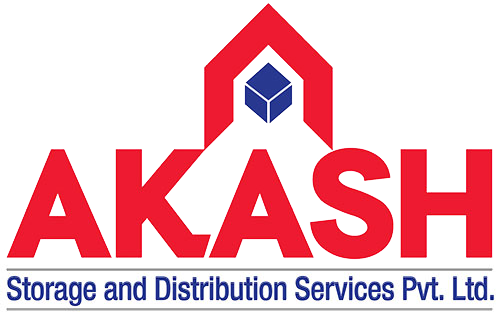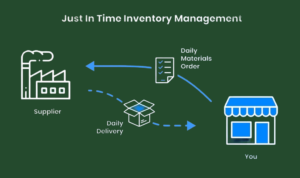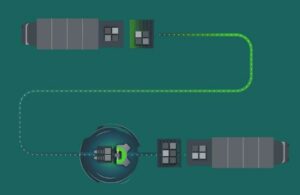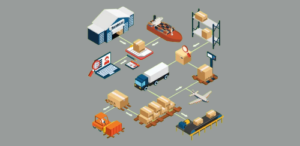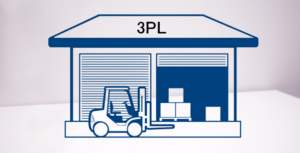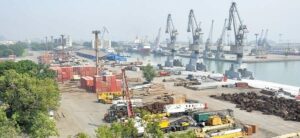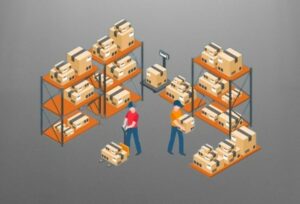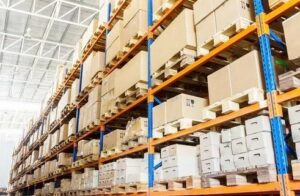Introduction:
In the world of supply chain management, meeting the unique demands of temperature-sensitive products presents a distinct challenge. However, industries like food, pharmaceuticals, and biotechnology rely heavily on preserving product integrity and safety throughout their journey from manufacturer to consumer. Therefore, this is where Cold Storage Solutions within Third-Party Logistics (3PL) warehousing shine. However, in this comprehensive blog, we will delve into the critical role of Cold Storage in 3PL warehousing and the benefits it offers.

Navigating the Complexities of Cold Chain Logistics
Cold chain logistics involves the seamless management of temperature-sensitive products throughout the supply chain. For instance,
- Temperature Control: Maintaining precise temperature conditions is paramount to preserving product quality, safety, and compliance.
- Diverse Industries: Cold chain logistics caters to a range of industries including food and beverages, pharmaceuticals, chemicals, and more.

Temperature Control
The Crucial Role of Cold Storage in 3PL Warehousing
Additionally, in cold storage solutions offer a strategic advantage in 3PL warehousing by providing specialized facilities for temperature-sensitive goods. For instance,
- Preserving Product Integrity: Cold storage ensures products are stored and transported under optimal temperature conditions, safeguarding their quality and shelf life.
- Meeting Regulatory Requirements: Certain industries have stringent regulatory guidelines for temperature control, making cold storage an essential component of compliance.
Types of Cold Storage Solutions
Different temperature-sensitive products require specific cold storage solutions, and Akash Storage offers a range of options. For instance,
- Refrigerated Warehousing: Ideal for products that require temperatures above freezing, such as fresh produce, dairy, and pharmaceuticals.
- Frozen Warehousing: Maintains temperatures well below freezing, suitable for frozen foods, ice cream, and biopharmaceuticals.
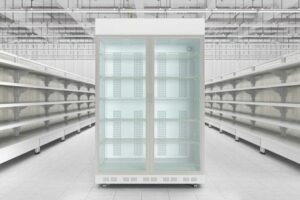

Benefits of Cold Storage in 3PL Warehousing
Cold storage solutions within 3PL warehousing offer a multitude of benefits to businesses operating in temperature-sensitive industries. For instance,
- Extended Shelf Life: Cold storage extends the shelf life of perishable products, reducing waste and ensuring products reach consumers in optimal condition.
- Enhanced Product Safety: Precise temperature control minimizes the risk of bacterial growth and contamination, ensuring consumer safety.
- Market Expansion: Cold storage enables businesses to expand their market reach by safely delivering products to distant and diverse markets.
- Cost Savings: Efficient cold storage management reduces spoilage and enhances supply chain efficiency, leading to cost savings in the end.
Cold Storage Infrastructure and Technology

Additionally, the success of cold storage hinges on advanced infrastructure and technology.
- Temperature Monitoring: Cold storage facilities are equipped with advanced sensors and monitoring systems that provide real-time temperature data, ensuring compliance and prompt issue resolution.
- Cold Storage Management Systems: Integrated software platforms manage cold storage operations, enabling accurate inventory tracking and streamlined order processing.
Conclusion
In conclusion, Cold Storage Solutions within 3PL warehousing play a vital role in ensuring the integrity, safety, and quality of temperature-sensitive products throughout the supply chain.
However, experience the future of Cold Storage Solutions with your trusted partner in delivering freshness, safety and excellence to every step of the supply chain.
